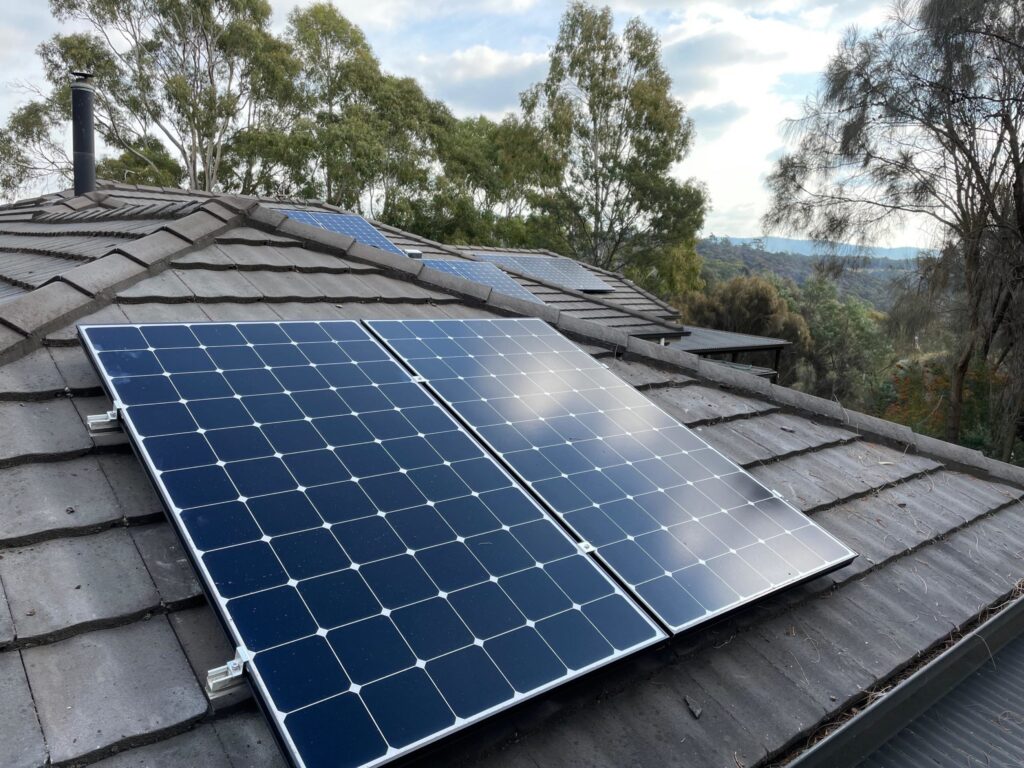Discover the power of solar energy! Learn how solar works, its benefits, applications, challenges, and future trends. Explore how you can harness sunlight for a sustainable future. Go solar today!
- Define solar energy and how it works.
- Explain the science behind solar panels and photovoltaic cells.
- Discuss the difference between solar thermal and solar photovoltaic systems.
1. What is Solar Energy?
- Briefly introduce solar energy as a renewable energy source.
- Highlight its growing importance in combating climate change and reducing reliance on fossil fuels.
- Mention the purpose of the article: to explore the benefits, applications, challenges, and future of solar energy.
2. The Benefits of Solar Energy
- Environmental Benefits: Reduction in greenhouse gas emissions, decreased air pollution, and conservation of natural resources.
- Economic Benefits: Lower electricity bills, job creation in the renewable energy sector, and energy independence.
- Social Benefits: Access to electricity in remote areas, improved quality of life, and energy security.
3. Applications of Solar Energy
- Residential Use: Rooftop solar panels, solar water heaters, and solar-powered appliances.
- Commercial Use: Solar farms, office buildings powered by solar energy, and solar-powered transportation.
- Industrial Use: Solar-powered manufacturing processes and large-scale solar projects.
- Innovative Uses: Solar-powered gadgets, solar-powered vehicles, and solar-powered desalination plants.
4. Challenges and Limitations of Solar Energy
- High Initial Costs: Discuss the upfront investment required for solar panel installation.
- Intermittency: Explain how solar energy depends on sunlight and the challenges of energy storage.
- Space Requirements: Address the need for large areas for solar farms.
- Technological Limitations: Discuss current efficiency levels of solar panels and ongoing research to improve them.

5. The Future of Solar Energy
- Technological Advancements: Perovskite solar cells, bifacial solar panels, and solar skin technology.
- Government Policies and Incentives: Tax credits, subsidies, and renewable energy targets.
- Global Trends: The rise of solar energy in developing countries and its role in achieving net-zero emissions.
- Integration with Other Technologies: Solar energy combined with wind, hydropower, and battery storage systems.
6. How to Get Started with Solar Energy
- Steps for homeowners to install solar panels.
- Tips for choosing the right solar energy provider.
- Financial options like solar loans, leases, and power purchase agreements (PPAs).
Conclusion
- Recap the importance of solar energy in creating a sustainable future.
- Encourage readers to explore solar energy options for their homes or businesses.
- End with a call-to-action: “Join the solar revolution today and take a step toward a cleaner, greener planet!”
FAQs
- How do solar panels work?
- What is the lifespan of a solar panel?
- Can solar panels work during cloudy days?
- How much does it cost to install solar panels?
- Are there government incentives for going solar?




















